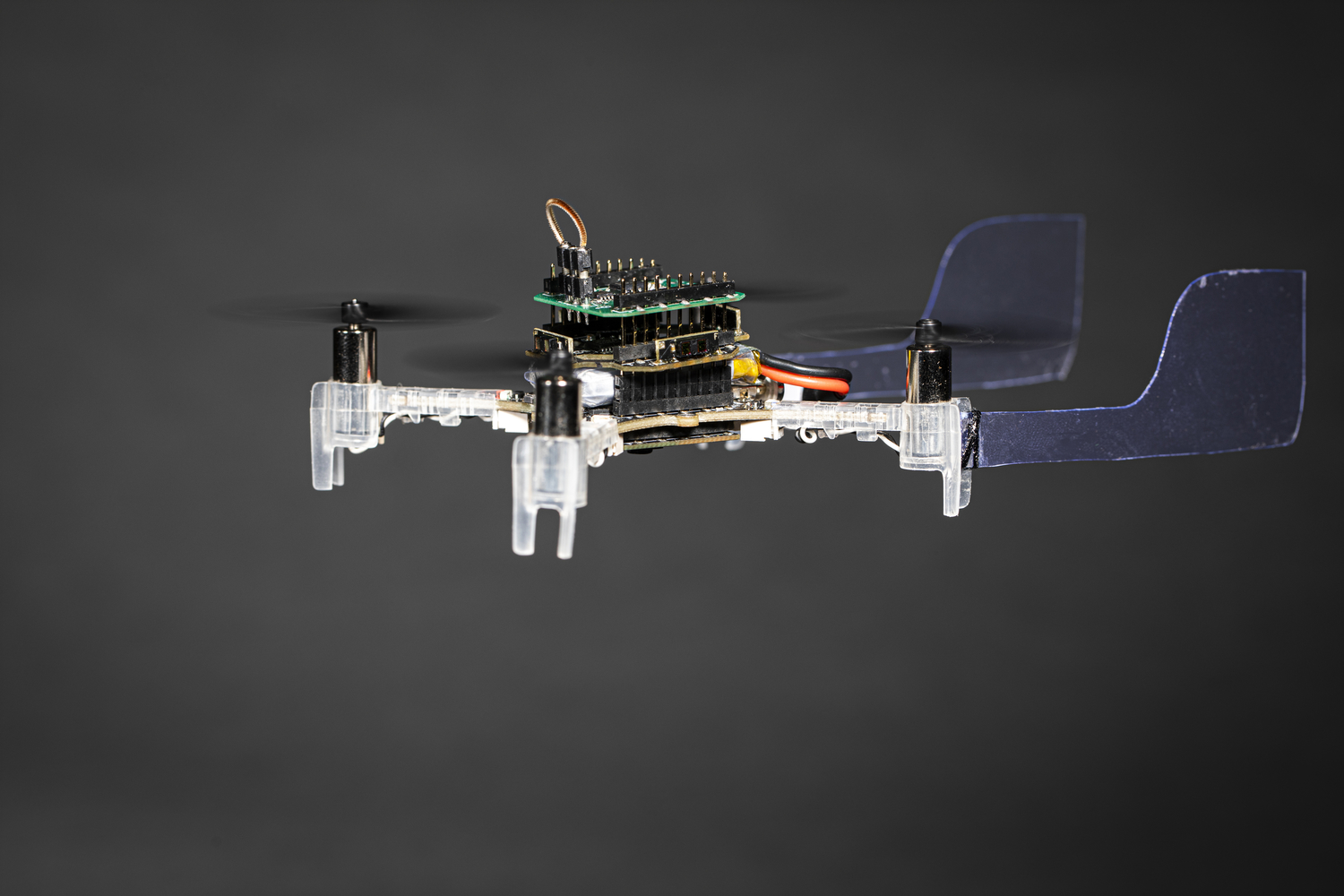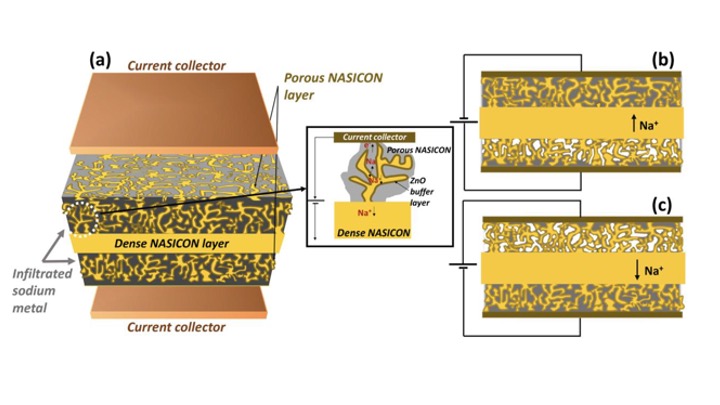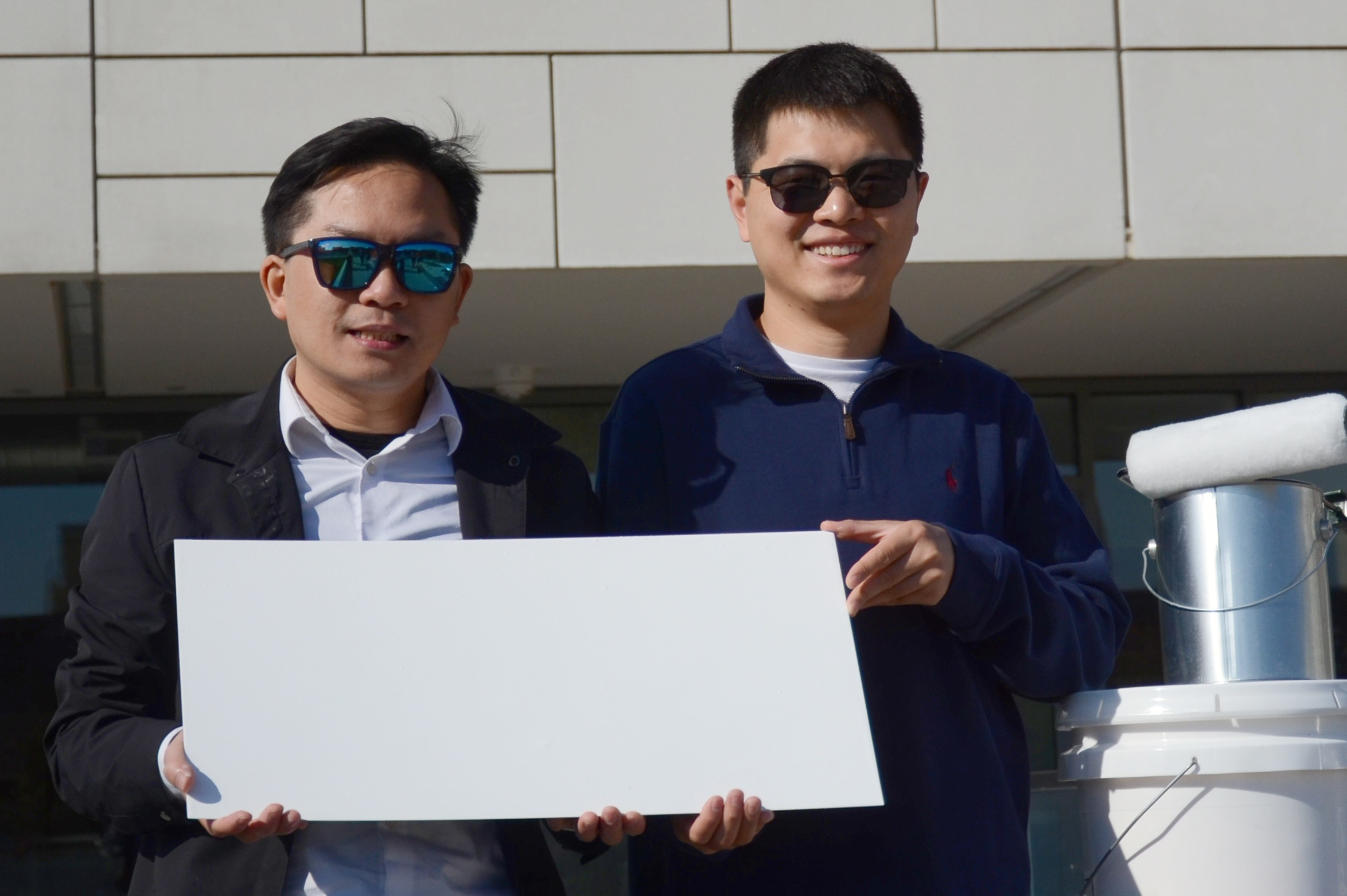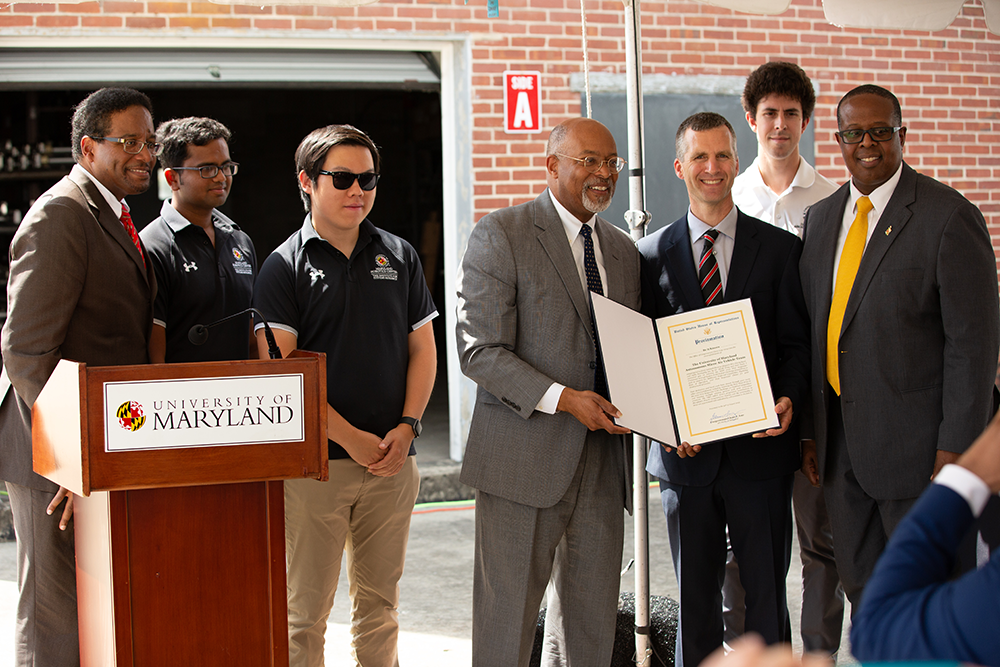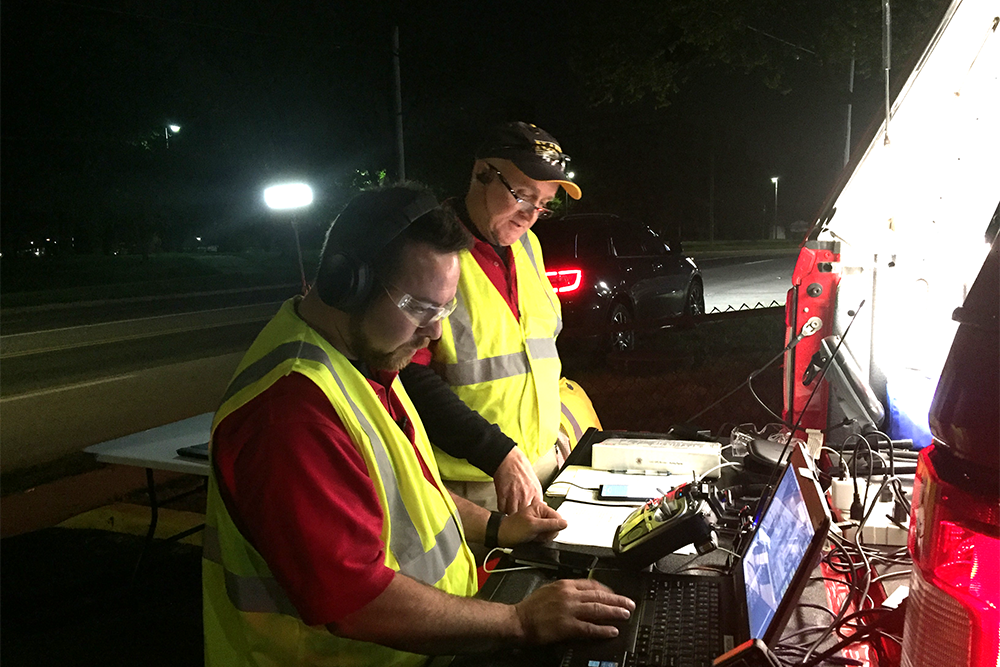News Story
Miao Yu receives NSF funding to develop ice-measuring sensors

Professor Miao Yu (ME/ISR) is the University of Maryland principal investigator for a new four-institution National Science Foundation grant, BLUES: Boundary Layer Under-Ice Environmental Sensing. The three-year, $689K collaborative research project will start in October. The researchers will develop technology to accurately measure ice accretion and melt rates at the ice/water interface, then use that information to generate better models of under-ice water circulation and mixing.
Yu's team is joined in the work by teams led by Ruo-Qian Wang of Rutgers University, Alexander Michaud of the NSF Bigelow Laboratory for Ocean Sciences, and Alexander Forrest from the University of California, Davis.
Global climate change is driving all forms of ice to melt from the Earth’s surface and contribute to global sea-level rise. While evidence of ice melt is worldwide—such as decreasing sea-ice extent, loss of ice shelves in polar regions and a reduction in annual lake-ice coverage—ice melt rates are poorly quantified, resulting from limited field data and relatively coarse measurements of ice thickness. Ice thickness measurements, made by propagating acoustic signals through the ice, decrease in resolution as a function of the attenuation properties and overall ice thickness.
Novel acoustic metamaterials will be used in this Ideas Lab: Engineering Technologies to Advance Underwater Sciences (ETAUS) project to develop a transformative technology tool that can provide long-range, high-resolution measurements of ice thickness and provide a new mechanism to image the internal structure of the ice. These high-resolution observations will be used to refine global estimates of ice melt by looking at changes through time.
Initial testing and development will be conducted in a laboratory setting before validation on natural lake ice that is variable in its acoustic signal attenuation properties. In every phase, the development and experimental demonstration will be guided by numerical modeling.
This developed instrument will be transformative in terms of scientific understanding of all forms of ice within the cryosphere, from the Arctic to the Antarctic. While polar regions are at the forefront of climate change, they are also some of the least accessible areas of the planet and make it difficult for the public to engage. To this end, new educational materials will be developed with the help of the education and outreach team at the Tahoe Environmental Research Center. These materials will be used to help broaden public participation in lake science and engineering.
To effectively monitor and predict climate-related changes, a key scientific need in all disciplines of the under-ice scientific community is to accurately measure ice accretion and melt rates at the ice/water interface, then use that information to generate better models of under-ice water circulation and mixing. However, existing technologies are limited by their imaging capabilities, measurement resolutions, and bulky sizes, which hinder their applications for scientific discovery.
To address these limitations, this project will develop a new metamaterial-enhanced acoustic phased array (MEAPA) system and to explore the application of this system for high-resolution estimations of ice melt. Graded index acoustic metamaterials will be investigated to provide improved focusing, beam steering, and collimation properties to achieve high-resolution imaging (subwavelength resolution) in thinner ice and to further enhance the detection range of the MEAPA system in thicker ice.
The developed MEAPA system will be characterized and validated in laboratory and field settings. Then, it will be used to better parameterize bottom roughness, and the data will be coupled to boundary layer dynamics observations of lake ice in three-dimensional hydrodynamic models. Coupling the engineering development of this instrument with the scientific need of the polar ice community will inform subgrid processes of General Circulation Models (GCM) for polar regions.
Ultimately, this system will enable better predictions of ice growth and melt with accurate models and better quantification of mass gain and loss from lake ice to ice shelves in Antarctica.
In other recent news, this summer Yu was named to a two-year University System of Maryland Wilson H. Elkins Professorship for FY24–25. | Read more here |
Published August 16, 2023

